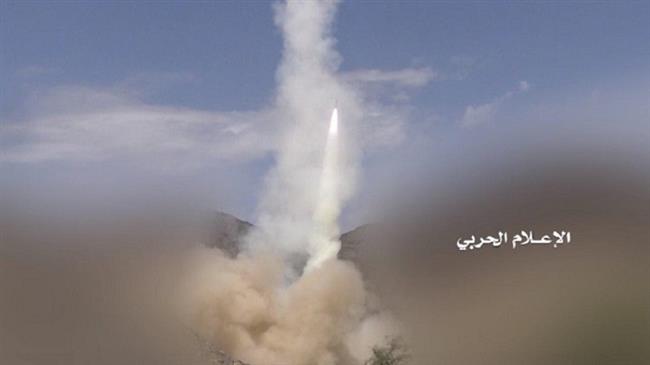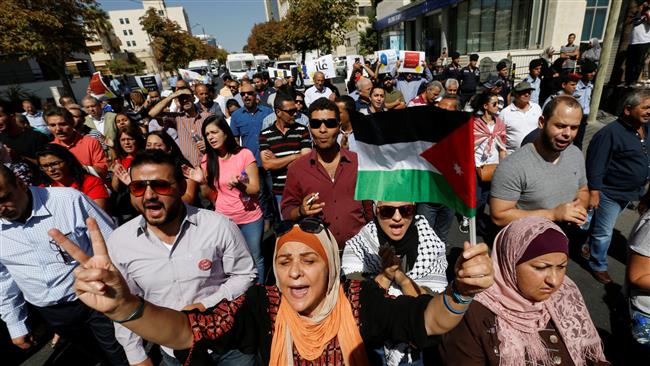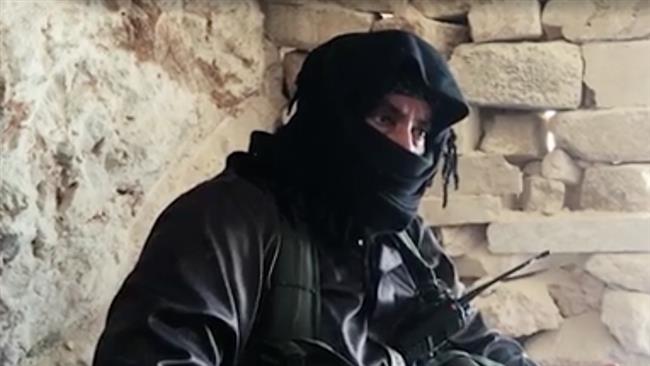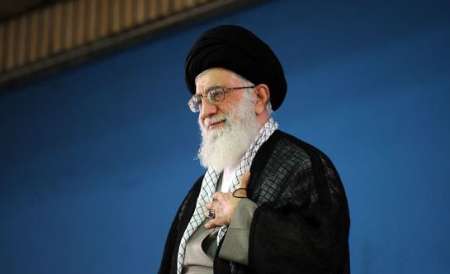Yemeni forces launch ballistic missile at industrial target in Saudi Arabia


Yemeni army forces, supported by allied fighters from the Houthi Ansarullah movement and those from Popular Committees, have fired a domestically-designed and -developed ballistic missile at a strategic economic target in Saudi Arabia’s southwestern border region of Jizan in retaliation for the Riyadh regime’s brutal military aggression against the impoverished country.
Yemen’s Arabic-language al-Masirah television network, citing a military official, said the short-range Badr-1 missile struck Jizan Industrial City on Friday evening, inflicting unspecified damage and casualties.
In a separate report, al-Masirah reported that the Yemeni army had also managed to target a gathering of the Saudi-led coalition’s mercenaries in Yemen’s flashpoint province of Hudaydah with another short-range ballistic missile earlier in the day, adding that the projectile had hit the designated target with great precision.
It added that the missile attack came after the Yemeni air force and air defense units collected exact coordinates of the target.
On Monday, the media bureau of Yemen’s Operations Command for the first time released a video of the army’s reconnaissance operations on the flashpoint western coasts conducted by a number of unmanned aerial vehicles.
It said that most of the missile attacks against the Saudi-led military coalition, either inside Yemen or inside Saudi Arabia, were carried out based on the coordinates collected by the Yemeni drones.
Brig. Gen. Abdullah al-Jafri, spokesman of Yemeni air force and air defense, said at the time that using drones was the winning card of the Yemeni army in fighting against Saudi-led forces in the western coasts.
He added that the invading enemy was unable to intercept drones, which cost the Yemeni army only one thousand dollars, at most, to produce each of them.
The Yemeni army has released its first video of drone operations against the Saudi-led forces in the country’s western coasts.
On June 13, Emirati forces, a significant part of the Saudi-led coalition, and militia loyal to former Yemeni President Abd Rabbuh Mansur Hadi launched a major offensive to take Houthi-held Hudaydah, a densely-populated city and the war-torn country’s most vital port, which is the entry point for 70 percent of the impoverished country’s imports.
The imposed war, however, has so far failed to achieve its goal, thanks to firm resistance mounted by Yemeni troops and Houthi fighters in defense of the city. The attack was also launched despite warnings that it would compound the impoverished nation’s humanitarian crisis.
Saudi Arabia and some 20 of its allies, including the United Arab Emirates, Morocco and Sudan, launched a brutal war, code-named Operation Decisive Storm, against Yemen in March 2015 in an attempt to reinstall Hadi, a staunch ally of Riyadh, and crush the popular Ansarullah movement.
The offensive initially consisted of a bombing campaign but was later coupled with a naval blockade and the deployment of ground forces into Yemen.
The UN says nearly 5,000 families displaced in Yemen’s flashpoint province of Hudaydah.
The Yemeni Ministry of Human Rights announced in a statement on March 25 that the war had left 600,000 civilians dead and injured until then. The war and the accompanying blockade have also caused famine across Yemen.
The Saudi-led aggression has also taken a heavy toll on the country’s infrastructure, destroying many hospitals, schools, and factories. The United Nations has already said that a record 22.2 million Yemenis are in need of food aid, including 8.4 million threatened by severe hunger.
Several Western countries, the United States and Britain in particular, are also accused of being complicit in the ongoing aggression as they supply the Riyadh regime with advanced weapons and military equipment as well as logistical and intelligence assistance.






